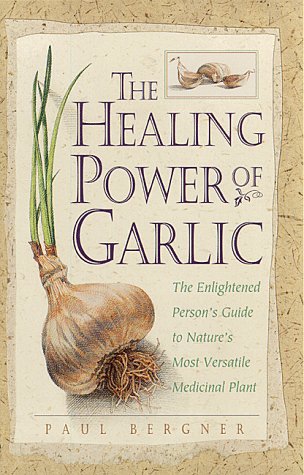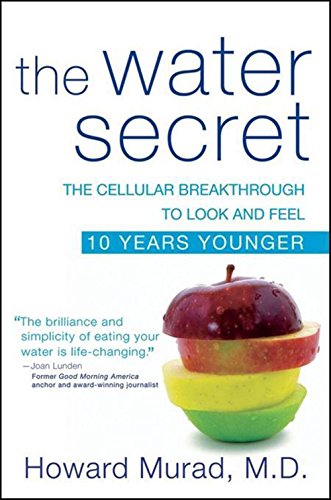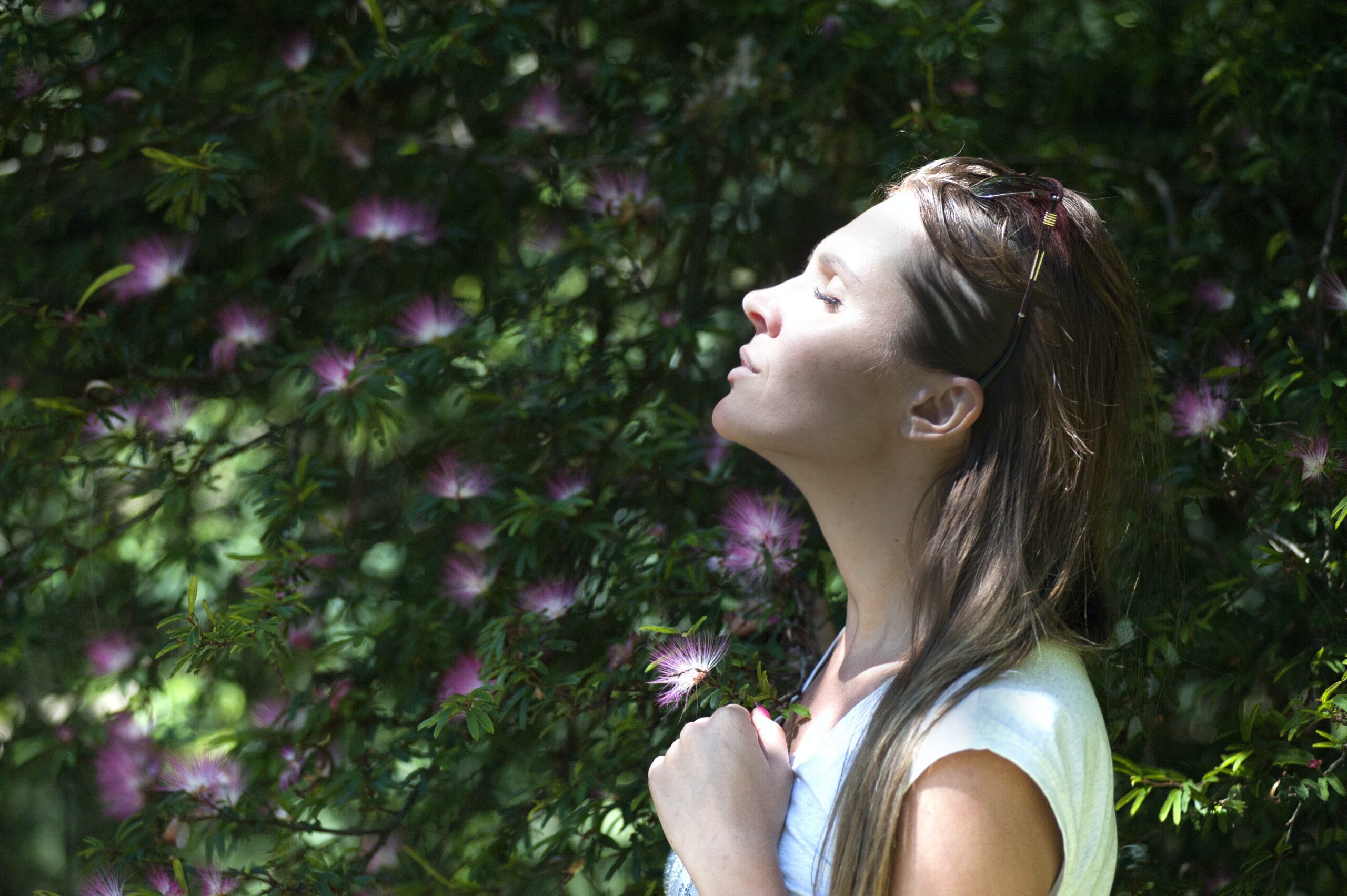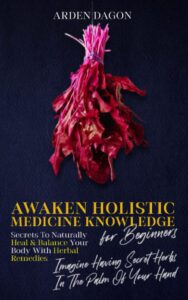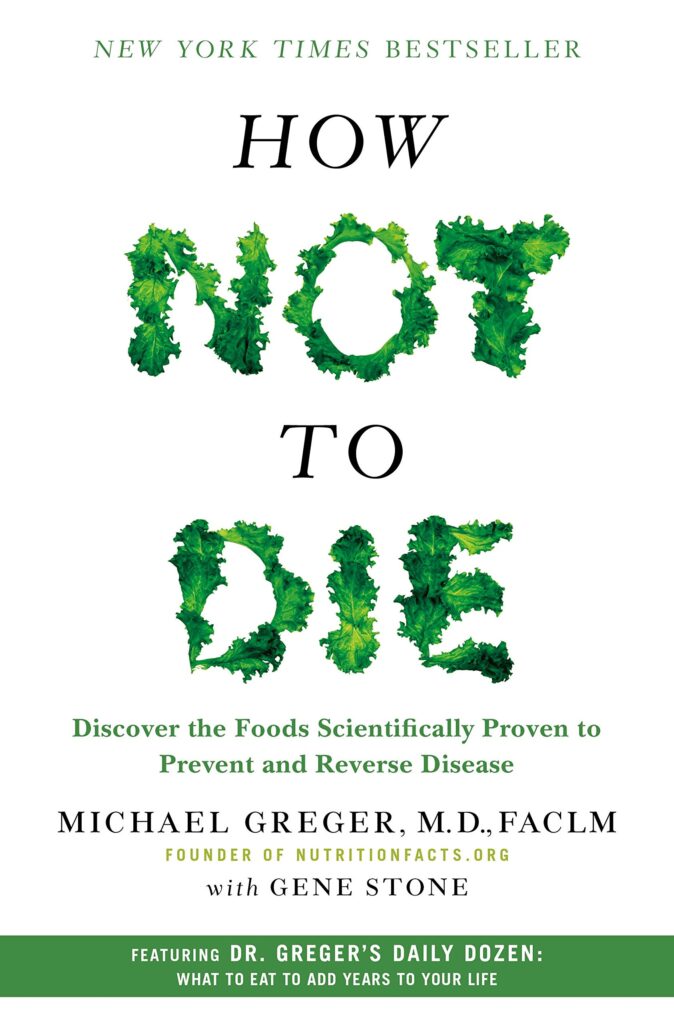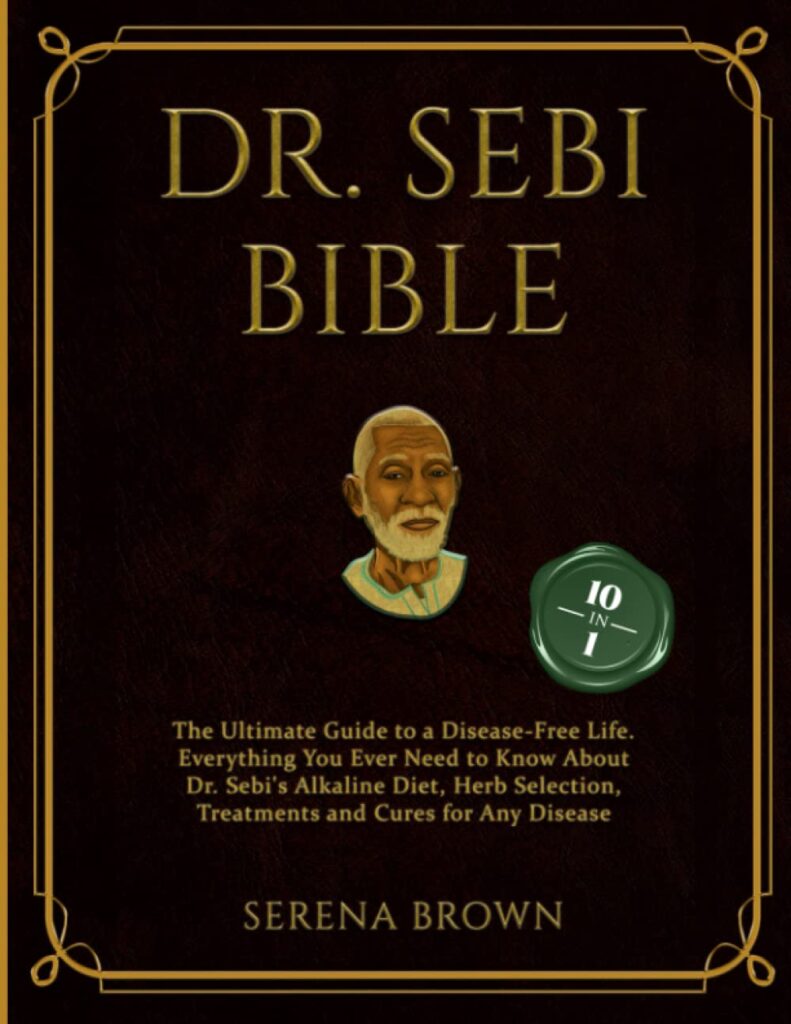holistic approach to mental welless and creating the framework

Learning From the 8 Pillars of Holistic Wellness
1.)Physical Well-Being: Physical health forms the foundation of holistic wellness. Engaging in regular exercise, eating a nutritious diet and getting sufficient sleep are essential for maintaining overall well-being. For individuals with ADHD, adopting an exercise routine can help manage hyperactivity and improve focus. For those with Bipolar Disorder, maintaining a stable sleep schedule and nourishing the body with wholesome foods can contribute to mood stability.
2.) Nurtitional Well-Being: Nutritional well-being recognizes that food is not only a source of sustenance but also plays a vital role in promoting overall wellness. It encompasses the understanding that the quality and quantity of the food we consume directly impact our physical, mental and emotional well-being. By adopting a holistic approach to nutrition, individuals can enhance their health, prevent diseases, and optimize their overall quality of life.
3.) Emotional Well-Being: Emotional well-being involves acknowledging and expressing emotions in a healthy way. Practices such as mindfulness, meditation and journaling can assist in managing emotional ups and downs associated with conditions like ADHD, Bipolar Disorder and RSD. Cultivating self-compassion and seeking therapy or support groups can also help navigate intense emotional experiences.
4.) Spiritual Well-Being: Nurturing mental wellness involves promoting cognitive health and cultivating a positive mindset. For individuals with ADHD, strategies like organization techniques, cognitive-behavioral therapy (CBT) and brain-training exercises can enhance focus and attention. For those with Bipolar Disorder, psychotherapy approaches such as cognitive-behavioral therapy (CBT) or dialectical behavior therapy (DBT) can aid in managing mood swings and developing coping strategies.
5.) Social Well-Being: Healthy relationships and social connections are vital for overall well-being. Building a support network of understanding friends, family, or joining support groups can provide a sense of belonging and emotional support for individuals dealing with these disorders. Engaging in social activities and fostering meaningful connections can contribute to a sense of fulfillment and reduce feelings of isolation.
6.) Intellectual Well-Being: Intellectual well-being also involves critical thinking and the ability to analyze information objectively. It encourages individuals to question assumptions, evaluate evidence, and engage in rational and logical reasoning. By developing critical thinking skills, individuals can make informed decisions, solve problems effectively, and navigate complex situations with clarity and confidence.
7.) Financial Well-Being: Financial well-being recognizes that financial health is interconnected with various aspects of one’s life, including physical and mental well-being, relationships, and overall quality of life. It emphasizes the importance of developing healthy financial habits, making informed financial decisions, and cultivating a positive relationship with money.
8.) Environmental Well-Being: Environmental well-being encourages individuals to reconnect with nature and develop a sense of appreciation, respect, and awe for the natural world. It involves spending time in outdoor environments, fostering a connection with plants, animals, and natural landscapes, and recognizing the inherent value and beauty of nature.
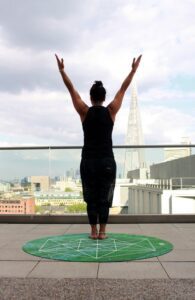
Integration of Traditional Treatments
A holistic approach does not disregard traditional medical treatments for mental disorders. Medication prescribed by healthcare professionals and therapy sessions play a crucial role in managing symptoms. The holistic perspective encourages individuals to work collaboratively with healthcare providers to find the right balance between conventional and holistic treatments.
Mind-Body Practices:
Incorporating mind-body practices can greatly benefit mental wellness. Techniques like yoga, tai chi, and qigong promote relaxation, reduce stress, and enhance mind-body awareness. These practices can be particularly beneficial for individuals with ADHD, Bipolar Disorder, and RSD, as they help regulate emotions, increase self-awareness, and promote overall well-being.
Natural Remedies and Supplements:
Complementary natural remedies and supplements may be considered as part of a holistic approach. Omega-3 fatty acids, found in fish oil and flaxseeds, have shown promise in improving symptoms of ADHD and Bipolar Disorder. Herbal supplements such as St. John’s Wort or lavender may also have calming effects. However, it is essential to consult with a healthcare professional before incorporating any supplements to ensure safety and effectiveness.

Starting a Holistic Journey
When Starting a Holistic Journey Toward Mental Wellness start simple. Write your plan and work it.
Seek Professional Guidance:
Embarking on a holistic journey toward mental wellness should be done with the guidance of healthcare professionals who specialize in the specific disorders. They can provide comprehensive assessments, create personalized treatment plans and monitor progress to ensure the holistic approach aligns with individual needs.
Tailor the Approach:
Every individual is unique and what works for one person may not work for another. It’s crucial to tailor the holistic approach to fit your specific needs and circumstances. Take into account your symptoms, preferences and any existing treatments or therapies. This personalized approach will ensure that you’re addressing your mental wellness in a way that resonates with you.
Embrace Self-Care:
Self-care is a fundamental aspect of a holistic approach to mental wellness. Prioritize activities that promote relaxation, self-reflection and rejuvenation. Engage in hobbies you enjoy, practice self-compassion and set realistic boundaries to protect your mental and emotional well-being. Remember, taking care of yourself is not selfish—it is essential for your overall health.
Cultivate Mindfulness:
Mindfulness is a powerful tool in the holistic journey toward mental wellness. It involves being present in the moment, observing thoughts and feelings without judgment and cultivating a sense of acceptance. Incorporate mindfulness practices into your daily routine, such as mindful breathing exercises, meditation or mindful eating. These practices can help manage stress, reduce impulsivity and improve overall mental well-being.
Create a Supportive Environment:
Surround yourself with a supportive and understanding network of friends, family and/ or support groups. Share your experiences, struggles and triumphs with others who can relate to your journey. Having a safe space to express yourself and receive support can be incredibly empowering and uplifting.
Article Continues Below
Holistic Approach to Mental Wellness: Nurturing Balance
A Few Favorites To Get You Started
Read Our Affiliate Disclaimer Here
Holistic Approach to Mental Wellness: Nurturing Balance
Article Continues Below
get the facts

nature can be a powerful tool
the latest studies


so what should you do right now
A Few Favorites To Get You Started
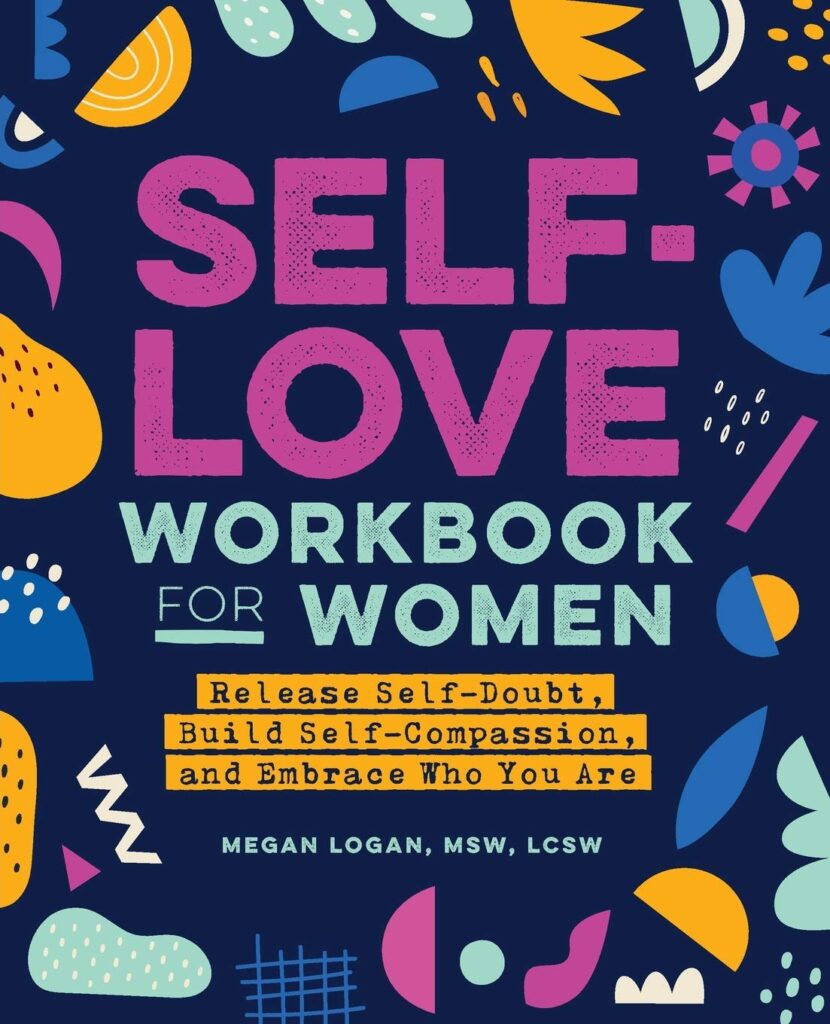
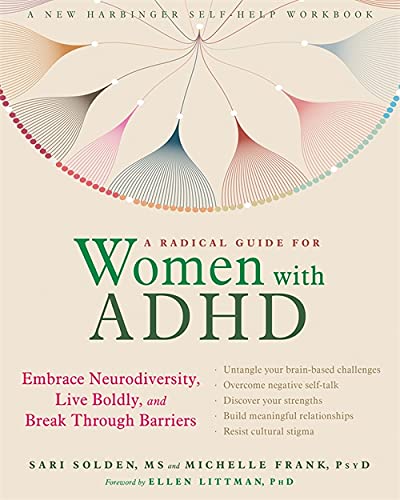


Read Our Affiliate Disclaimer Here
a little off topic
While I have you here let me add a few hints about ‘thoughts’ journaling. First grab a journal that feels good in your hand. (Here’s the one I use) And by that I mean one you can get attached to. This journal will soon become your best friend and closest confidante. Somedays you will write like a best selling author. Other days you will doodle because you have nothing to say. And that’s okay. Just make sure you go to that book everyday for your good mental health. And trust me, you will soon know eactly why.
With that said, when I first started researching neurodevelopmental disorders, which is what we are talking about when addressing ADHD, I began keeping notes on all the information I was suddenly taking in. And that was okay, and necessary, but I also quickly learned that I had to know far more about my son-in-law. I needed to know about his daily actions, his diet, his habits, his sleeping routine – of which he had none – and so many little idiosyncrasies I hadn’t realized even existed. Without this data on a daily, I was simply stabbing in the dark. So I ask him to start keeping a very detailed account of everyday for one month. This data proved priceless. Patterns began to reveal themselves and a road to managing his symptoms began falling into place. Dim little lightbulbs started popping on. And all with very little effort on his part.
So for the first thirty days after being diagnosed, whether that be ADHD, RSD or Bipolar Disorder, it would be wise to start understanding your own habits – both good and not so good. Write down everything you consume in a day and the time you ate it. Detail any symptoms – when they are heightened or drop off. Pay close attention to your water consumption. Detail the amount of caffine you take in. Record what time you retire to bed and what time you wake. How tired were you when you went to bed. Did you fall fast asleep or was it a restless night. Did you rise in a good mood? Bad mood? Dragging or hopping right into the day? What did you eat for breakfast. Did you leave for work on time? You get the idea. Every move is relevant. Literally.
With that said, I do believe, that for many of us anyway, spending time exploring who you truly are in your day to day, can only lead to a healthier body, an eased mind and a content spirit. A combination that each of us is looking for. Learning to journal, and taking the results seriously, is one of those necessary ‘small changes’ that need to be put into place for the whole self wellness.
A little side note here: Keeping more than one kind journal could make the process easier. Keeping a dietary journal seperate from your thoughts journal might reveal certain things that will become relevant over time.

back on subject
Lets’ step back and take in the whole picture that’s been put before us.
Being diagnosed with ADHD can be scary for some. Simply because of the stigma wrapped around the word. But let that notion go and recognize it for what it actually is. And that is a neurodevelopmental disorder. That’s what you have. Not what’s wrong with you.
Let’s ask, and answer, a few questions that will most likely arise when a diagnosis of ADHD is presented.
Let’s ask: How does the ADHD mind differ from the ‘normal’ (neurotypical) brain? Well, accourding to WebMD, people with ADHD appear to have smaller brain volume in certain areas, some of which control emotional and impulse control. People with ADHD may also have smaller brain size overall.
Lets’ also ask: What’s happening in the ADHD brain that shouldn’t be or is disfunctioning? Great question and something that must be understood completely.
First, the brain is a communication network where messages are relayed from one brain cell to the next. There is a gap between these cells (neurons) which is called a synapse. In order for messages to be passed along, the synapse needs to be filled with a neurotransmitter. Neurotransmitters are chemical messengers, and each one is responsible for different functions.
The key neurotransmitters for the ADHD brain are dopamine and noradrenaline. In the ADHD brain, there is ‘dysregulation of the dopamine system’. This means, in layman’s terms, that there is either too little dopamine, the dopamine is not being used efficiently or there are not enough receptors for the available dopamine.
“Dopamine helps regulate our emotional responses and increase our feelings of reward and satisfaction. Dopamine also plays a significant role in controlling memory, mood, sleep, learning, concentration and body movements.
Noradrenaline is a chemical made by certain nerve cells and in the adrenal gland. It can act as both a neurotransmitter and a hormone. Health conditions that result from low levels of norepinephrine include anxiety, ADHD and depression to mention just a few.”
Here are a few articles that will throw some more light on this topic. They are short reads with a plethora of data.

keep going
Adopting a holistic approach to mental wellness offers a comprehensive and integrative way of managing conditions like ADHD, Bipolar Disorder, and Rejection Sensitive Dysphoria. By addressing the physical, emotional, mental, and social aspects of well-being, individuals can develop a more balanced and resilient approach to their mental health. Remember, this journey is unique to each person, and seeking guidance from healthcare professionals is crucial. By embracing a holistic perspective, you can work towards a state of greater mental wellness, promoting harmony in your mind, body, and spirit.
And write, write, write. Get a journal and start your story today. I am not kidding when I say you are probably a stranger to yourself and have been most of your life. You took on what others may have said about you, knowing full well their words were wrong but not knowing how to explain they were. And so you just let it ride and somehow became (and accepted) what those words represented. For example, women and girls with undiagnosed ADHD often hear themselves labeled as spacey, disorganized, immature, excessively talkative, etc. Over time, and hearing this often enough, makes one buy into the line and believing such brings on the new problem of low self esteem, shame and embarrassment. It’s only after a accurate diagnosis of AHDH that everything comes into focus. By that time time however, much damage has been done and is often difficult to unlearn.
And last be not least, experiment. By that I mean, try making a few small changes in your routine and see what happens.
And before we go any further, you must give everything a fair fighting chance to work. Four days to see if a suppliment has any effect on you is not a fair shot. Changes take time to cause results. Like a long time. Remember you have been ADHD all your life. So adding a suppliment – which I promote heavily at times – will take a bit of time to take hold. So, when you decide to add (or subtract) something to or from your life, make a vow to follow through for 365 days before deciding to retain or abort the action.
Anyway, as I was saying, experiment a bit. Let’s say you have a terrible habit of getting into bed and immediately grabbing the phone and start scrolling TicTok. Now don’t get me wrong, I love TicTok, but there is nothing on there that can’t wait until you’ve rested. Instead you finally pass out, rather than fall into peaceful slumber. Instead, learn to ‘retire from your day‘.
The bottom line is that now that you know your situation, take control of it, master it and keep going. Women with ADHD have made great strides in their worlds and so can you. Learn to learn about you and the sky’s the limit. (Or maybe Mars could be the limit, if you listen to Elon Musk)
Just A Personal Side Note: In all fairness, there’s is a whole lot more to getting a reign on your ADHD. It takes a lot of research, soul searching and self discovery. And it takes a lot of adjusting and a whole lot of time and patience. My son-in-law was quite reluctant in the beginning but as I made suggestions, according to research I could show him, he did help himself by complying to my requests. I bought him a few suppliments I thought would help and my daughter started presenting differant meals to improve their diets and they created a bedtime ritual, that quite frankly benefitted both of them. I bought them a ‘thoughts’ journal and a ‘food’ journal and together they wrote his story. About 6 months into it, he himself realized just how much better he was feeling. His aches were lessening, he was actually sleeping 8 hours a day and he’d lost a conciderable amount of weight. His mind was not racing as much, his spirit was content and having a day filled with rewarding habits seemed to be the beginning of healing. Now although his diagnosis was not ADHD but rather RSD, did not seem to change things. He was already on the right path to being the happy, carefree young man he once was. A year later, still following the game plan they had created for themselves, their family is happy, healthy and thriving. All because he took control of his situation by educating himself and following through with life changes that absolutely made all the differance.

a little off subject again
While I was researching, I tripped across a few interesting recipes that used natural ingredients that have been proven to improve ADHD. My daughter used them and to this day they stay in her line up of cuisine.
Her favorite is Lion’s Main Crab Cakes. (The kids think it’s lobster!)
I can’t remember where I found the recipe but knew that I wanted to get fresh Lion’s Mane into their diet. Finding the fresh Lion’s mane was a bit trying but soon it was like ordering anything else on line.
Here’s the recipe my daughter uses for this wonderful dish and here’s a few web sites that will explain facts and fiction on this fungi called Lion’s Mane.
In a large bowl combine:
- 1 egg
- 1 tablespoon mayonnaise
- 1 teaspoon Worcestershire sauce
- ¾ teaspoon old bay seasoning
- 1 teaspoon dijon mustard
- 1 tablespoon finely chopped parsley
- Salt and Pepper to taste
- ½ cup panko breadcrumbs
- ¼ cup finely chopped scallions or green onions
Shred 8-10 ounces of fresh Lion’s Mane Mushrooms to look like shredded crab meat might look. Gently fold into the egg mixture until completely incorporated.
Form mixture into crab cakes and cook in oil in a saute pan over medium/high heat for about 3 minutes on each side or until golden brown. Remove to a paper towel lined plate and serve warm with a remoulade sauce.
Remoulade Sauce:
In a bowl combine:
- ⅔ cup mayonnaise
- 1 tablespoon dijon mustard
- 1 tablespoon lemon juice
- 1 teaspoon lemon zest
- 1 teaspoon worcestshire sauce
- 1 tablespoon chopped chives
- 1/2 tablespoon finely chopped scallions or green onions
- ½ teaspoon smoked paprika
- ⅛ teaspoon cayenne pepper
- Salt and Pepper to taste
Whole Foods sells Lion’s Mane Mushrooms as do many other grocers and health food stores. Do your research and make sure you are comfortable with what you are purchasing. And remember, adding any natural ingredient to your ADHD treatment plan should first be discussed with your primary care professional.
Read these three blogs that discuss Lion’s Main Mushrooms and ADHD.
ADDitude – The Truth About Lion’s Mane, Psychedelics & Caffeine
forij.co – Lion’s Mane vs. Adderall for ADHD
mytwentytwo.co.uk – Lion’s Mane And ADHD: Could This Wonder-Mushroom Offer An Alternative To ADHD Medication?
A Few Favorites To Get You Started
